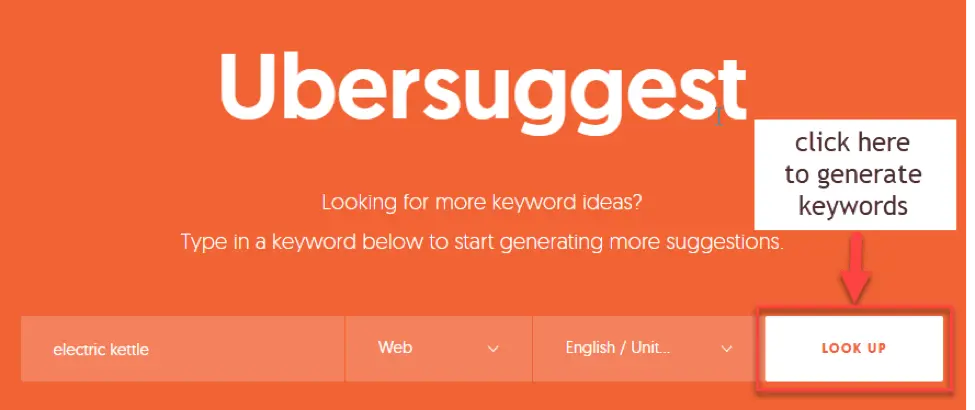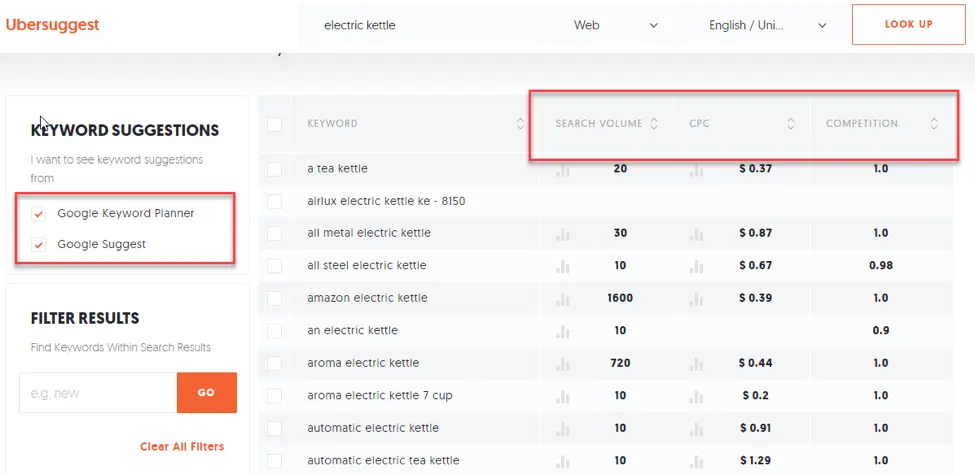Are you a busy startup owner who’s looking to market your service on the internet using SEO?
I think you’re definitely on the right track. After all, with all the benefits that come with SEO, you are bound to achieve a good level of success if you manage to rank your pages for the right keywords.
Building a solid foundation for your digital marketing campaign is a defining factor for your success, and it starts by identifying the right keywords for your website.
The right keywords chosen from the right keyword research strategies will drive the right traffic. You can rank for any keyword but if it’s not what your customers are using to find your business, you are wasting precious time and money.
Some of us believe that SEO is cumbersome, but in reality, if you get the basics right, it’s not as hard as you think.
Keyword research, for example, can be done in a short time if you know what works today along with the steps.
Here’s how to do modern keyword research if are you short on time.
1. Use head terms and long tail keywords
The solid keyword research strategies start by figuring out what your head terms and long tail keywords are.
A head term is a broad keyword that your customers use when they try to look for a product or a service you offer. These are short and simple. On the other hand, a long-tail keyword is more specific.
Here’s the difference:
Head-term – “electric kettle”
Long-tail – “best electric kettle under $100”
There are probably millions of searches for ‘electric kettle’ and there are thousands of websites that target the same keyword. And because the competition is high, you’ll have a hard time ranking if you only use head-terms.
However, if you make your keyword more specific, the competition is lower. You might get fewer searches, but if you know your target customers well, you can make long-tail keywords work for you.
So, remember, when you brainstorm keywords, list a combination of head-terms and long-tail keywords.
2. Focus on topics, not just keywords
Over the years, Google have implemented a series of algorithm changes and websites that solely rely on the old-school keyword strategy took massive hits. The global SEO community believes that an effective keyword research is now a combination of the old school way and a new school strategy called ‘concept-based targeting’.
The classic way of selecting keywords heavily rely on search volume, while the new school concept focuses on topics and search intent.
Let me give you an example:
Old-school way:
- Best electric kettle
- Electric kettle on sale
- High quality electric kettle below $100
- Electric kettle price below $100
Modern way:
- What to look for in an electric kettle
- How to choose an electric kettle
- Where to buy an electric kettle near me
- Best electric kettle brands for every budget
The new school concept is geared towards customer education. By helping the customer take an informed buying decision, you are bound to gain high-quality traffic to your website.
A combination of both techniques will yield better traffic results. By having keywords base on search intent with keywords that are based on search volume, you are both serving the search engine and the user.
3. Use a reliable keyword research tool
Google Keyword Planner can be intimidating for beginners. It is a go-to for SEO professionals but I suggest using a newer keyword tool called ‘Ubersuggest’. It does the same job, but with more benefits and it has a beginner-friendly design.
Here’s how to use Ubersuggest to kickstart the best keyword research strategies. It will help you start mapping out your keywords fast:
Step 1: Key in your ‘seed keyword’
Your seed keyword is your ground or foundation keyword for SEO. Let’s say you are a distributor of various types and prices of an electric kettle. Then, your seed keyword is ‘electric kettle’. It’s as simple as that.
Using Ubersuggest, type in your ‘seed keyword’ and filter according to your target geography and language.
The tool will present its collected data from Google Keyword Planner and Google Suggest, which is very handy if you ask me, because if you are only using the former, it will only show you keywords from its database, and you’ll have to open another tab to be able to see keywords from the latter.
Step 2: Filter your results
To further refine your search, use the ‘Negative Keywords’ feature. If you don’t carry a specific brand of electric kettle, just type the brand on the box and click Go, and Ubersuggest will weed out all keywords that mention that word.
On the other hand, if you only need to see terms that specifically has the words ‘electric kettle’ in them, use the ‘Filter Results’ box and it will do just that.
Step 3: Save your research
Once you’ve refined your keywords list, you can now export it into a CSV format or copy it directly to your browser’s clipboard if you need to use an external tool.
And that’s about it. Keyword research done in three steps in a few minutes. That’s how easy to use Ubersuggest it. But, the best thing about it is it’s free to use. No need to sign up, no need to commit.
4. Google’s Voice and Natural Language Search
One of the advancements in Google search that SEO professionals are keeping an eye on is Google voice search and natural language processing.
Voice searches make up 20% of mobile voice queries and natural language is taking over search queries.
To meet users evolving search engine use, Google was driven to produce answer boxes and Knowledge Graph panels.
Before, people will type ‘best oolong tea’, but now it’s as specific as ‘Is there an oolong tea shop near me?’
These question-based keyword searches are a vital addition to your keywords list. You can group these into your long-tail keywords for your SEO content marketing strategy.
What’s next?
Remember, doing keyword research doesn’t always have to be time-consuming and painful.
Once you’ve sorted out your keywords, you’ll be in a better position to start creating quality content and marketing materials.
Have you used any of these tactics before in your keyword research strategies? Which one worked best for you?
Let us know in the comments below.
Sharing is caring!










3 thoughts on “Here’s What Modern Keyword Research Strategies should be for Busy Startups”
thanks for the information
I am glad you liked it Varun.
Thanks for the article. I had totally forgotten about UberSuggest with all the keyword researching websites that are out there now a day.